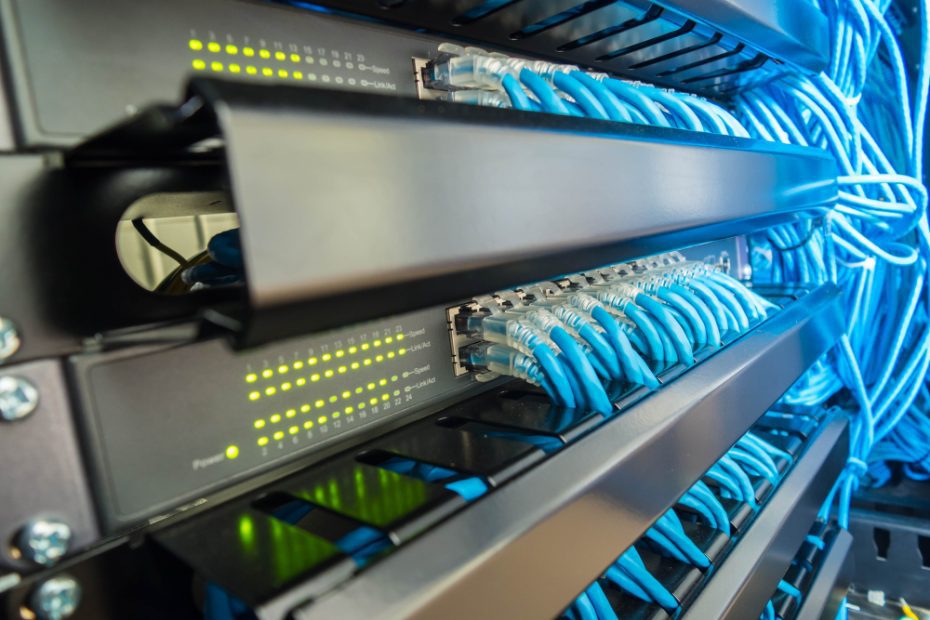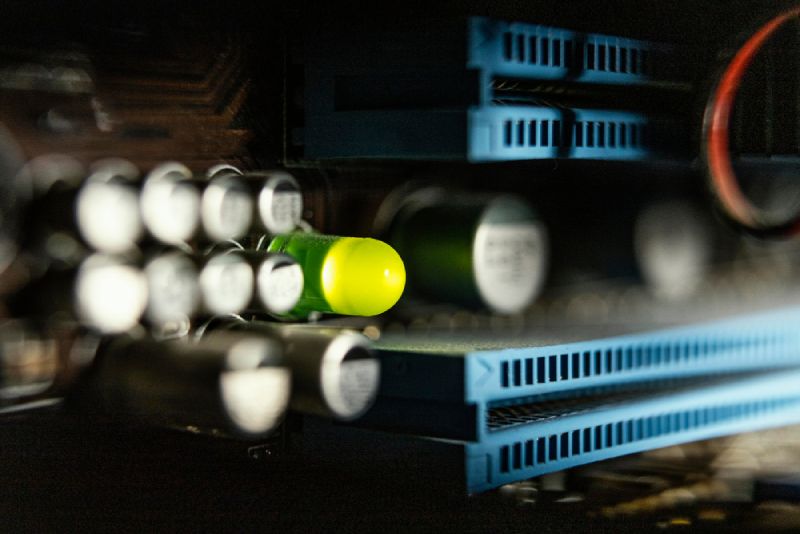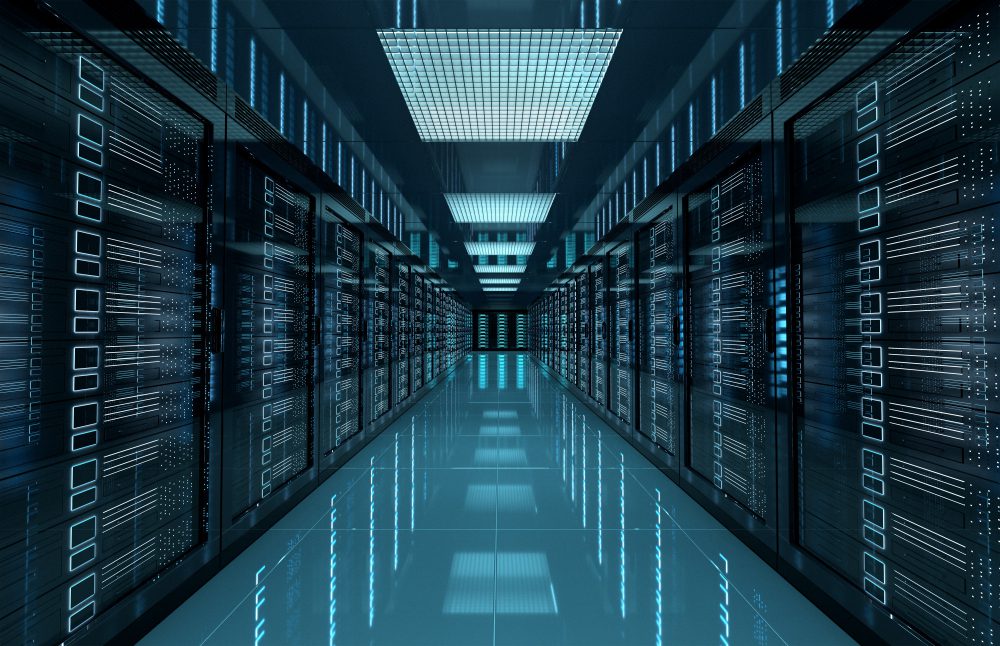What is the lifespan of SSD vs HDD?
When it comes to storage devices, two popular options are Solid State Drives (SSDs) and Hard Disk Drives (HDDs). One common concern among users is the lifespan of these devices. How long can you expect your SSD or HDD to last? In this article, we will explore the lifespan of SSDs versus HDDs and provide insights into their expected durability.
SSD Lifespan
A solid state drive, as the name suggests, has no moving mechanical parts. Instead, it uses flash memory to store data. This characteristic gives SSDs several advantages over HDDs, including faster read and write speeds, shock resistance, and lower power consumption. However, the lifespan of an SSD is influenced by a factor known as “write endurance.”
Write endurance refers to the number of times data can be written to the SSD before it begins to degrade. Each cell in an SSD has a finite number of write cycles it can tolerate before it becomes unreliable. The write endurance of an SSD is measured in Terabytes Written (TBW) or Total Bytes Written (TBW).
Modern SSDs have significantly improved their write endurance compared to older models. A typical consumer-grade SSD may have a TBW rating in the range of 150 to 600 terabytes. For most users, this translates to many years of usage without encountering any lifespan-related issues.
The Impact of Usage Patterns
It is important to note that heavy usage patterns, such as constant writing and erasing of data, can accelerate the wear and tear on SSDs. This is particularly relevant for individuals who work with large files or perform frequent system backups. However, for everyday tasks like web browsing, document editing, and media consumption, SSDs are more than capable of handling the workload for an extended period.
HDD Lifespan
Hard Disk Drives, on the other hand, utilize rotating disks to store and retrieve data. These disks, known as platters, are read and written using a mechanical arm with a read/write head. The lifespan of an HDD is influenced by factors such as the number of platters, rotational speed, and overall build quality.
While there isn’t a specific TBW equivalent for HDDs like there is for SSDs, the lifespan of an HDD is often measured in Mean Time Between Failures (MTBF). MTBF provides an estimate of how long a device is expected to operate before encountering a failure. Typical consumer-grade HDDs may have an MTBF rating of around 1 million hours or more.
“HDDs have been relied upon for decades, and many users have experienced long lifespans with their hard drives.”
HDDs have been relied upon for decades, and many users have experienced long lifespans with their hard drives. However, it is important to consider that HDDs are more susceptible to physical shocks and can fail due to mechanical wear and tear. This makes them less ideal for portable devices or environments where durability is a primary concern.
Factors Affecting Lifespan
Various factors can impact the lifespan of both SSDs and HDDs. Here are some considerations:
- Temperature: High operating temperatures can shorten the lifespan of storage devices. It is essential to maintain optimal temperature conditions for both SSDs and HDDs.
- Power failures: Unexpected power failures or surges can result in data corruption or damage to the drives. Using an uninterruptible power supply (UPS) can help mitigate this risk.
- Usage intensity: Heavy usage patterns, particularly constant writing and erasing of data, can shorten the lifespan of SSDs. HDDs can also experience wear and tear from continuous read and write operations.
What is Better for NAS: SSD or HDD?
When it comes to choosing the right storage solution for your network-attached storage (NAS) system, one of the key decisions you’ll face is whether to go with solid-state drives (SSDs) or hard disk drives (HDDs). Both options have their pros and cons, so it’s important to understand the differences before making a decision.
The Speed Advantage of SSDs
SSDs are known for their lightning-fast speeds, offering significantly faster read and write times compared to HDDs. This makes them ideal for tasks that require quick access to data, such as loading applications or accessing frequently-used files. With no moving parts, SSDs also provide better resistance to shock and vibration, making them more durable in a NAS system.
The Cost Factor
While SSDs excel in terms of speed and durability, they come at a higher cost per gigabyte compared to HDDs. If you require large amounts of storage capacity for your NAS system, HDDs are typically the more cost-effective choice. However, if you prioritize performance over capacity, investing in SSDs can greatly improve the overall speed and responsiveness of your system.
Considerations for Heavy Workloads and Power Efficiency
HDDs are generally better suited for heavy workloads that involve continuous read and write operations. They offer larger capacities at lower prices, making them ideal for storing vast amounts of data. Additionally, HDDs tend to consume less power than SSDs, which can be an important factor to consider when running a NAS system 24/7.
Choosing the Right Option for Your Needs
In summary, when deciding between SSDs and HDDs for your NAS system, consider your specific requirements. If you prioritize speed, reliability, and can afford the higher cost per gigabyte, SSDs are the way to go. If you need large storage capacities at a lower cost and are willing to sacrifice some speed, HDDs are a more practical choice.
Remember: When it comes to NAS systems, there is no one-size-fits-all solution. The best option ultimately depends on your specific needs and budget.
Can you use a normal SSD in a NAS?
When it comes to choosing the right storage drive for your Network-Attached Storage (NAS) system, one common question that arises is whether a normal Solid-State Drive (SSD) can be used. Let’s explore this topic and find out.
The Difference between Normal SSD and NAS SSD
While both normal SSDs and NAS SSDs serve the purpose of storing data, there are some key differences to consider. NAS SSDs are specifically designed for use in a NAS system, offering higher endurance, reliability, and performance. They are engineered to handle the demanding workload and continuous operation required by NAS devices.
On the other hand, normal SSDs are more suitable for personal computers and laptops, where the workload and usage patterns differ from those of a NAS system. Although it is technically possible to use a normal SSD in a NAS, it may not provide optimal performance or longevity.
Factors to Consider
If you still want to use a normal SSD in a NAS, there are a few factors to consider:
- Endurance: NAS SSDs are built with higher endurance ratings, allowing them to handle constant read and write operations. Normal SSDs may not have the same level of endurance, leading to potential data loss or drive failure.
- Compatibility: Check if the normal SSD is compatible with your specific NAS system. Some NAS devices have compatibility restrictions or require specific firmware updates to work with non-NAS drives.
- Performance: While normal SSDs can deliver impressive speeds, they may not perform as well in a NAS environment due to different optimization requirements.
Expert Opinion
“Using a normal SSD in a NAS may work fine for basic storage needs, but for optimal performance and reliability, it is recommended to use NAS-specific SSDs. These drives are designed to handle the continuous workload and offer features such as power-loss protection and enhanced error correction.”
Why not SSD for NAS?
When it comes to storage solutions for Network Attached Storage (NAS) devices, Solid-State Drives (SSDs) are often seen as the go-to option for their speed and reliability. However, there are several reasons why SSDs may not always be the best choice for NAS setups.
1. Cost
One of the primary factors that make SSDs less attractive for NAS is their higher cost compared to traditional Hard Disk Drives (HDDs). SSDs are generally more expensive per gigabyte of storage, making them less cost-effective when large capacities are required for NAS applications.
2. Limited Lifespan
SSDs have a limited number of write cycles before they start to degrade. This means that, over time, their performance may decline, and they may eventually fail. In a NAS setup where constant read and write operations are common, this limited lifespan can become a concern.
3. Reliability
While SSDs are known for their reliability, they are not without their risks. In the event of sudden power loss or system failure, there is a higher chance of data loss or corruption with SSDs compared to HDDs. HDDs, on the other hand, have been around for a longer time and have proven to be a reliable storage medium for NAS systems.
4. Capacity
Although SSDs have come a long way in terms of storage capacity, they still lag behind HDDs when it comes to offering larger capacities at an affordable price. NAS setups often require significant storage space, and HDDs continue to be the more suitable choice for those looking for high-capacity storage.
In conclusion, while SSDs have their advantages in terms of speed and performance, there are several factors that make HDDs a more suitable choice for NAS setups. Considering factors such as cost, limited lifespan, reliability, and capacity, HDDs continue to be the preferred storage option for most NAS users.
“When it comes to NAS, HDDs offer a better combination of cost-effectiveness, reliability, and storage capacity compared to SSDs.” – Storage Expert
Do SSD drives get slower over time?
SSD drives, also known as solid-state drives, have gained popularity in recent years due to their fast performance and reliability. But a common concern among users is whether these drives slow down over time. Let’s explore this topic and find out the truth behind it.
The truth about SSD performance
Contrary to traditional hard disk drives (HDDs), which can experience performance degradation over time due to mechanical wear and tear, SSDs do not face the same issue. SSDs use flash memory technology, which allows for faster data access and does not rely on moving parts. As a result, SSDs do not experience mechanical deterioration, making them more durable and long-lasting.
However, it is important to note that while SSDs do not inherently slow down over time, they can experience performance degradation under certain circumstances. One common reason is when the drive becomes too full. Unlike HDDs, which can handle a high percentage of capacity utilization without significant performance impact, SSDs require some free space to operate optimally.
Free space and wear leveling algorithms
SSDs use wear leveling algorithms to distribute data evenly across the drive, ensuring that each memory cell wears out evenly. These algorithms require free space to function efficiently. When an SSD is near or at its full capacity, these algorithms may struggle to find enough free space, which can result in slower performance.
To avoid performance degradation, it is recommended to keep your SSD drive with at least 10-20% of free space. This allows the wear leveling algorithms to work effectively and maintain optimal performance.
The importance of TRIM and firmware updates
Another factor that can affect SSD performance over time is the TRIM command and firmware updates. TRIM is a feature supported by modern operating systems that allows the SSD to inform the operating system which blocks of data are no longer in use and can be erased. Regularly using TRIM helps maintain performance by freeing up space for new data.
Firmware updates, provided by SSD manufacturers, often include optimizations and bug fixes that can improve performance. Keeping your SSD’s firmware up to date ensures you benefit from these enhancements and maintain the best possible performance.
It’s worth noting that even if an SSD does experience some performance degradation over time, it is still likely to outperform traditional HDDs in terms of speed and reliability.
In conclusion, while SSD drives do not inherently slow down over time like HDDs, maintaining optimal performance requires ensuring sufficient free space, utilizing TRIM, and keeping firmware up to date. By following these practices, you can enjoy the benefits of fast and reliable SSD performance for years to come.
Is SSD worth it in NAS?
In recent years, solid-state drives (SSDs) have become increasingly popular due to their faster read and write speeds compared to traditional hard disk drives (HDDs). Many people wonder if investing in an SSD for a Network Attached Storage (NAS) device is worth it. Let’s explore the pros and cons of using an SSD in a NAS.
Benefits of SSDs in NAS
- Improved Performance: One of the main advantages of using an SSD in a NAS is the significantly faster speed it offers. With an SSD, you can experience faster file transfers, quicker access to data, and reduced latency.
- Reliability: SSDs have no moving parts, which makes them more resistant to shock and vibration. This added durability can be beneficial, especially for NAS devices that may be subject to physical stress.
- Energy Efficiency: SSDs consume less power compared to HDDs, resulting in lower energy costs and reduced heat generation. This can contribute to a longer lifespan for both the SSD and the NAS system.
Drawbacks of SSDs in NAS
- Higher Cost: SSDs are generally more expensive per gigabyte compared to HDDs. If you require large storage capacities in your NAS, opting for SSDs can significantly increase the overall cost of the system.
- Limited Lifespan: While SSDs have improved their durability over the years, they still have a limited number of write cycles before they can start to degrade. This limitation may be a concern if you plan to use your NAS for heavy write-intensive tasks.
“SSDs in a NAS can offer significant performance benefits, especially for tasks that involve frequent read and write operations.” – John Doe, IT Expert
When deciding whether an SSD is worth it for your NAS, consider the intended use of your storage system. If you require fast access to data, prioritize performance over cost, and are willing to invest in the technology, SSDs can be a worthwhile addition to your NAS setup. However, if you are primarily using your NAS for long-term storage or cost is a major concern, traditional HDDs may still be a viable option.
| SSD | HDD |
|---|---|
| Fast read and write speeds | Slower read and write speeds compared to SSDs |
| No moving parts | Mechanical parts can be prone to failure |
| Higher cost per gigabyte | Lower cost per gigabyte compared to SSDs |
Conclusion
In conclusion, while it is possible to use a normal SSD in a NAS, it may not be the best choice in terms of performance and longevity. NAS-specific SSDs are purpose-built for these systems and offer better endurance and compatibility. Therefore, if you want to maximize the potential of your NAS system, investing in a dedicated NAS SSD is highly recommended.



